Drug development has evolved considerably over recent decades, along with the clinical supply chains that underpin the continued advancement of human health.
In the 1980s, single-country clinical trials – where a single patient kit was provided to each study participant for the duration of their treatment period – were the standard. The introduction of Interactive Voice Response systems in the 90s ushered in a new era in patient randomisation and created more flexibility over supplies. This was followed by the increase of globalisation and the emergence of biologics in the ‘00s, which gave rise to today’s more complex clinical trials landscape.
While this evolution has made the objective of providing the right drug to the right patient at the right time and temperature more challenging, forecasting technology is playing an increasingly important role in supporting sponsors to mitigate the additional complexity and risk and deliver future leaps forward in drug discovery.
Effective forecasting is the ability to align supply and demand for a trial or program of trials. Failure to meet this objective can quickly result in inefficient supply chain operations that heighten the risk of stockouts, product waste, negative patient impact, and, ultimately, compromise a study’s commercial performance.
Leveraging supply forecasting and demand planning technology can support sponsors in developing optimised and effective supply chain strategies.
Understanding Supply
Harnessing forecasting technology to develop an effective supply chain strategy requires a solid understanding of core supply-based factors so that the supply chain can align with the clinical requirements, as defined in the protocol.
The first factor relates to patient needs. This is dictated by the quantity of drugs needed to support each patient anticipated to enrol in the study through their whole treatment period. The protocol synopsis provides crucial data to support effective forecasting of patient needs, covering cohort, weight-based dosing criteria, visit schedules, and other study design factors.
The production strategy is the second port of call when establishing supply requirements. The timing of when the drug is required informs production schedules, packaging design and expiry dating. Again, the protocol synopsis will inform production strategy and resupply events for expiry, along with providing visibility over bulk availability of products and lead times.
A final supply-based factor relates to distribution strategy and helps sponsors to understand the frequency of depot and site shipments, country-specific supply requirements and temperature management considerations.















